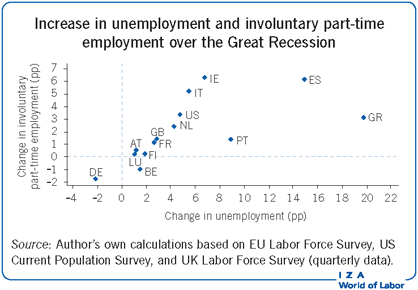

Operation Pedestal, the most escorted convoy in the Second World War, took place in August and delivered enough supplies to keep Malta going.Īmphibious assaults and the end of Force H įorce H was not actually extant for a portion of 1942. Malta was kept from starving but it was very close. The island had been under heavy attack for many months and supply convoys had to be escorted by many ships and aircraft to stand any chance of getting through. The most urgent task during the first part of the year was supplying Malta. It was only the lack of action by the Italians that prevented a complete disaster for British fortunes. Force H in its turn suffered as well: Ark Royal was sunk by U-81 in November 1941.

The Mediterranean Fleet lost the services of HMS Illustrious to bomb damage, HMS Barham was sunk off Crete by U-331, and its two remaining battleships were put out of action by an Italian raid on Alexandria. The end of 1941 saw the nadir of British naval fortunes in the Mediterranean. Unable to evade the British ships closing in, the German battleship was scuttled following incapacitating battle damage dealt by a force including King George V and Rodney. Bismarck was found and a torpedo jammed her steering gear. A second strike was flown carrying the older, and more reliable, contact detonator. The torpedoes that the Swordfish had dropped carried a new type of magnetic detonator which proved too unreliable. However, the aircrews were wrongly informed of the location of Sheffield and attacked her instead, mistaking her for Bismarck. To try to do this, Ark Royal launched a strike with her Fairey Swordfish torpedo bombers. She was found again, but the only way of stopping her was if something slowed the ship down. Bismarck was temporarily lost to the Royal Navy after she evaded the radar of the shadowing cruisers Suffolk and Norfolk. The commerce raiding cruise was thus cut short, and the ship headed for the port of Brest in occupied France. A shell from Prince of Wales had ruptured the ship's fuel tanks, causing her to lose oil.

Despite the loss of Hood, Bismarck did not come out of the Denmark Strait engagement completely unscathed. Photo taken from HMS Sheffield.įorce H set sail from Gibraltar to intercept Bismarck with the aircraft carrier Ark Royal, the battlecruiser Renown and the light cruiser Sheffield. HMS Renown and HMS Ark Royal operating at sea in Force H. The battleship Provence was also badly damaged Strasbourg and Dunkerque were also hit, although Strasbourg escaped with four destroyers. The French battleship Bretagne blew up under British gunfire, killing over 1,000 French sailors. The result of the action was that the remains of the French fleet escaped to Toulon, a French base on the Mediterranean coast of metropolitan France. It is often thought that the anti-British bias of the French commander was to blame. The reasons for the omission have been debated by many. However, the commander of the French forces reported only the scuttling option to his superiors. Various terms were offered, including internment of the fleet in a neutral country, joining the British forces, or scuttling the fleet at its berths. Force H steamed to off the Algerian coast, and an envoy was sent to the French commander. It consisted of the French battleships Strasbourg and Dunkerque, two older battleships, along with escorting vessels. The most powerful of the remaining French forces was in port at Mers-el-Kébir in Algeria. Consequently, Force H was ordered to execute Operation Catapult. Such an incidence would almost certainly decisively tip the balance against Britain in the Mediterranean. It was feared that the Vichy government of Philippe Pétain would hand the ships over to Germany, despite a vow that that would never happen. French naval power still existed in the Mediterranean, and the British Government viewed it as a threat to British interests. One of the first operations that Force H took part in was connected with the reason for its formation. 5 Amphibious assaults and the end of Force H.


 0 kommentar(er)
0 kommentar(er)
